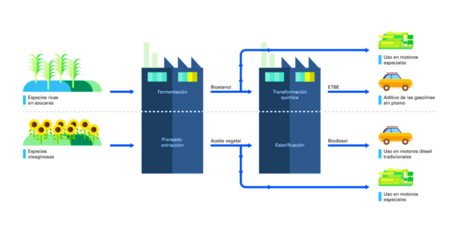
Syntetic Biology and Tissue Engineering Laboratory
Bioengineering Department
It is popular knowledge that pollution of the seas and rivers by plastics has reached alarming levels to the point that microplastics have been found in the meat of fish we consume and in some reservoirs of water for human consumption

This is why some Latin American countries are taking steps to reduce the use of plastics. Since the prohibition of plastic bags in supermarkets, technopor packaging, the use of single-use plastics etc.
Faced with this, packaging companies flooded the market with biodegradable and compostable products. While this seems to be an ideal solution to the problem of plastic contamination, it is not at all. Since, most biodegradable and compostable products require one more step to follow , either by the consumer or the municipality responsible for waste disposal, otherwise continue to contribute to the pollution of seas and rivers.
Faced with this problem, the startup Notpla, founded in 2014 by Rodrigo García González and Pierre Paslier, introduced edible packaging capable of retaining liquids. These transparent packages were created from sodium alginate, extracted from seaweed and calcium chloride.

Being these packaging produced with 100% biodegradable materials and renewable raw material, seaweed, makes this product very attractive, because you can choose not to consume it, You could compost it, throw it in the garden or dispose of it guilt-free in some common garbage dump. If these wastes reach the seas and rivers the ecosystem will not be affected by being biodegradable
Initially this company had the goal of replacing water bottles (Oohowater) with these packaging , but today they have expanded their horizons and decided to diversify the use of this packaging
Currently Notpla, based in London, has contracts with various restaurants and fast food chains for their packaging to be used for the transport of sauces or beverages.

For some years now there has been research regarding the creation of edible cooking films based not only on alginate but also chitosan , which is extracted from crustaceans, Notpla is one of the few companies that is marketing the product.
Hopefully this will pave the way for the mass commercialisation of biodegradable and edible films thus decreasing their price in the markets so that it can be used by final consumers.




